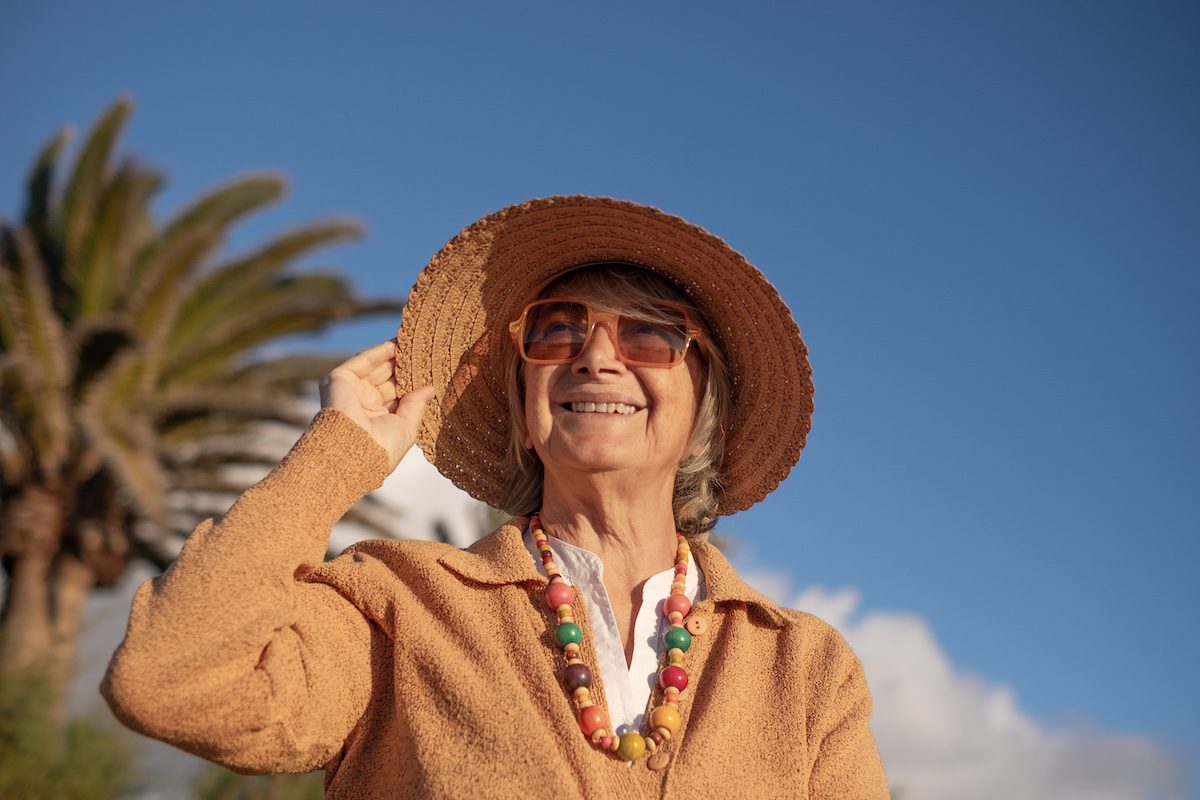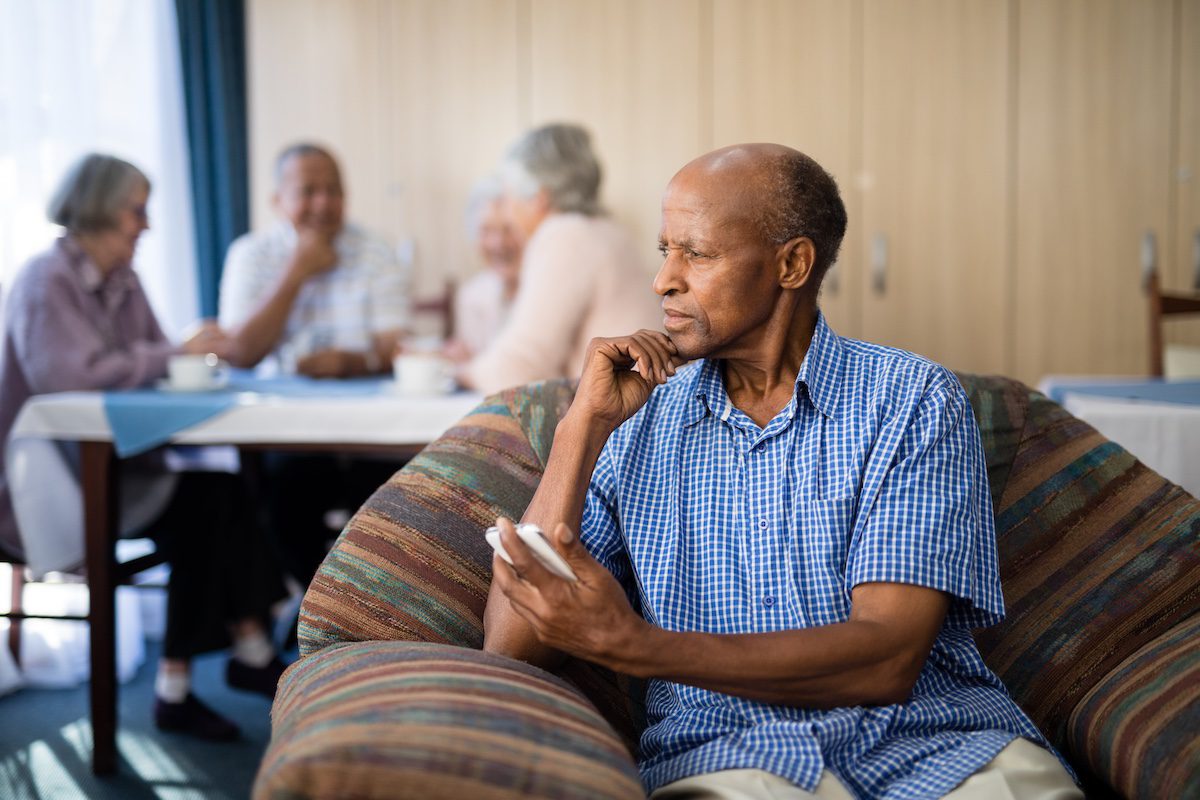As temperatures drop and cooler weather sets in, seniors with arthritis and joint pain may find their symptoms worsening. The seasonal shift often brings increased stiffness, discomfort, and reduced mobility, making it essential to address these challenges proactively.
Understanding the impact of colder weather on arthritis and joint health can help seniors and caregivers implement strategies to manage symptoms and maintain a good quality of life throughout the season.
How Cooler Weather Affects Arthritis
While the exact relationship between weather and arthritis symptoms remains unclear, many seniors report heightened pain and stiffness during colder months. Several factors may contribute to this phenomenon:
Reduced Blood Flow to Joints
In colder temperatures, the body prioritizes blood flow to vital organs, which can result in reduced circulation to extremities and joints. This may exacerbate stiffness and discomfort.
Changes in Barometric Pressure
Fluctuations in atmospheric pressure can cause joint tissues to expand or contract, leading to increased sensitivity in already inflamed areas.
Increased Sedentary Behavior
Cooler weather often leads to decreased physical activity, which can result in weakened muscles and joints. Lack of movement can further aggravate arthritis symptoms.
Cold Sensitivity
The cold itself can tighten muscles and ligaments, increasing stiffness and pain in affected areas.
Tips for Managing Arthritis in Cooler Weather
While arthritis cannot be cured, various strategies can help seniors manage symptoms and maintain joint health during colder months.
1. Stay Active
Regular exercise is crucial for maintaining joint flexibility and overall mobility. In cooler weather, it’s important to adapt physical activities to indoor-friendly options to stay consistent.
- Low-Impact Exercises: Activities like yoga, tai chi, and swimming are gentle on the joints while improving flexibility and strength.
- Stretching Routines: Incorporate daily stretching to reduce stiffness and enhance range of motion.
- Strength Training: Building muscle around joints can help provide additional support and reduce strain.
2. Dress for Warmth
Keeping joints warm can alleviate stiffness and pain. Seniors should prioritize proper clothing and accessories to shield against the cold.
- Layer Up: Wear multiple layers to retain body heat. Thermal wear, scarves, gloves, and socks are particularly useful for covering extremities.
- Heat Retention Aids: Use joint-specific warming braces or wraps to provide targeted heat therapy throughout the day.
- Warm at Home: Keep living spaces comfortably warm and consider using heated blankets or heating pads for additional comfort.
3. Hydrate and Maintain a Balanced Diet
Proper hydration and nutrition play vital roles in managing inflammation and joint health.
- Anti-Inflammatory Foods: Incorporate foods rich in omega-3 fatty acids, such as salmon, walnuts, and flaxseeds, to help reduce inflammation.
- Fruits and Vegetables: Opt for colorful produce like spinach, kale, berries, and oranges, which are packed with antioxidants.
- Stay Hydrated: Even in cooler weather, dehydration can worsen symptoms. Seniors should aim to drink sufficient water throughout the day.
4. Use Heat Therapy and Warm Baths
Heat therapy can help soothe sore joints and improve blood circulation.
- Heating Pads: Apply to stiff joints for 15–20 minutes to relax muscles and reduce pain.
- Warm Baths or Showers: Soaking in warm water can provide temporary relief from stiffness and discomfort. Adding Epsom salts may enhance the therapeutic effect.
- Paraffin Wax Treatments: A paraffin wax bath for hands or feet can offer targeted relief for arthritis pain in smaller joints.
5. Invest in Supportive Tools and Accessories
Assistive devices can help seniors manage arthritis more comfortably in daily life.
- Ergonomic Tools: Arthritis-friendly kitchen utensils, pens, and grooming tools are designed to reduce strain on joints.
- Compression Gloves: These gloves provide warmth and gentle compression, reducing swelling and stiffness in the hands.
- Orthopedic Shoes and Inserts: Proper footwear can alleviate joint stress and improve overall mobility.
Managing Joint Pain with Professional Interventions
For some seniors, lifestyle changes may not be enough to manage arthritis symptoms effectively. Professional treatments and interventions can provide additional relief and improve joint function.
Physical Therapy
Physical therapists can design personalized exercise plans to strengthen muscles, improve flexibility, and reduce joint pain. Regular sessions can also address posture and gait issues that may contribute to discomfort.
Medications
Depending on the severity of symptoms, healthcare providers may recommend medications to manage pain and inflammation, including:
- Nonsteroidal Anti-Inflammatory Drugs (NSAIDs): These help reduce inflammation and pain.
- Topical Analgesics: Creams or gels applied directly to the skin can provide localized relief.
- Steroid Injections: For severe cases, corticosteroid injections may reduce inflammation in specific joints.
Alternative Therapies
Some seniors find relief through alternative or complementary therapies, such as:
- Acupuncture: This ancient practice involves inserting thin needles into specific points to alleviate pain.
- Massage Therapy: Gentle massage can help reduce muscle tension and improve circulation around affected joints.
- Chiropractic Care: Aligning the body’s structure may reduce stress on joints and promote better movement.
Preparing for the Challenges of Winter
Proactively addressing arthritis symptoms before winter sets in can help seniors enjoy a more comfortable and active season.
1. Plan for Outdoor Activities
While colder weather may limit outdoor excursions, planning safe outings can encourage mobility and social engagement. Choose warmer days for short walks or light gardening to maintain an active lifestyle.
2. Create a Safe Indoor Environment
Ensure the home is free of tripping hazards and that frequently used items are easily accessible. Adding grab bars in the bathroom and non-slip rugs can provide additional safety for seniors with arthritis.
3. Establish a Pain Management Routine
Work with a healthcare provider to create a personalized plan for managing arthritis symptoms, incorporating a combination of medication, therapy, and self-care practices.
Emotional Impact of Arthritis in Cooler Weather
Dealing with chronic pain can take a toll on emotional health, especially during colder months when seniors may feel more isolated. Common feelings include frustration, sadness, or even anxiety about declining mobility.
Supporting Emotional Well-Being
- Stay Social: Encourage regular interactions with family and friends, whether in person or through phone or video calls.
- Mindfulness Practices: Meditation and relaxation techniques can help manage stress and promote a sense of calm.
- Seek Support Groups: Connecting with others who experience similar challenges can foster a sense of understanding and community.
Final Thoughts
Managing arthritis and joint pain during cooler weather requires a proactive and comprehensive approach. By staying active, dressing warmly, maintaining a balanced diet, and utilizing professional interventions when necessary, seniors can minimize discomfort and maintain their quality of life.
Caregivers and loved ones also play a critical role in providing support and encouragement. Together, these efforts can help seniors navigate the challenges of cooler weather with greater ease and confidence, ensuring they remain comfortable, mobile, and engaged throughout the season.







